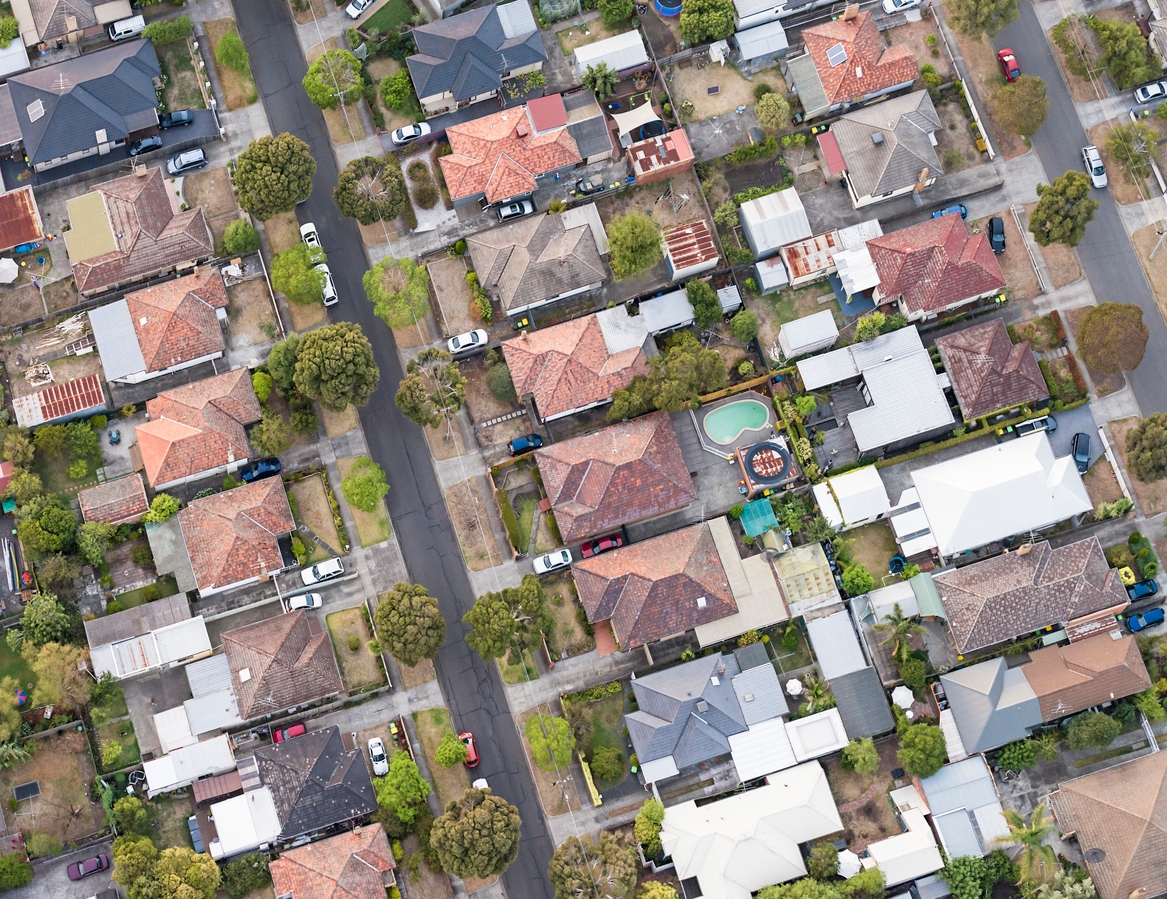Mortgage Defaults to Rise Due to Interest-Only Switch: Moody’s
Australian mortgage delinquencies are expected to increase over the next two years as a record number of interest-only mortgages convert to principal and interest loans, credit ratings agency Moody’s warns.
Australian banks originated a significant volume of interest-only loans between 2014 to 2015, which are scheduled to end.
As a result, the report warns there will be a rise in the number of people struggling with repayments in the next two.
At current rates, mortgage repayments can increase 30 per cent when converting from interest-only to principal-and-interest causing borrowers to make higher monthly payments, and if unprepared, financial stress, Moody’s said.
“Refinancing interest-only mortgages is also becoming more difficult, which will contribute to an increase in mortgage delinquencies,” the report said.
“Our data shows that the 90 days past due delinquency rate for mortgages that have converted to principal-and-interest from interest-only is 0.94 per cent,” the report said, “double that of interest-only loans that have not yet converted and 0.24 percentage points higher than all securitised mortgages.”
Recent regulatory measures have resulted in a major curb of interest-only loans, the knock on effect being the mass reduction of property investor activity in the nation’s largest capital city markets.
Related: Is Australia’s Residential Market Experiencing a Credit Crunch?

Moody’s says tight lending conditions has also made it challenging for borrowers to refinance their loans at the end of the interest-only period.
“The more difficult refinancing conditions will contribute to an increase in mortgage delinquencies,” Moody’s said.
Comparison site Mozo found almost one million Australian households now face mortgage stress, with tougher lending restrictions leaving thousands of borrowers unable to refinance.
While stricter lending criteria was introduced for valid reason due to skyrocketing household debt, poor income growth and historically low interest rates, Mozo property expert Steve Jovcevski explains, the flow on effect means 30 per cent of owner-occupier borrowers will find themselves facing “mortgage stress”.
“Many are also falling into the ‘mortgage prisoner’ category. The sad reality is borrowers who need competitive mortgage rates to stay financially afloat are most likely to be mortgage prisoners.
“If you’re finding yourself ‘stuck’ with your bank… do your research on lenders and ring around as a non-bank lender may be willing to take you on as a borrower,” Jovcevski said.















